According to a report from the State Bank of Vietnam (SBV), by the end of the first quarter of 2025, credit growth reached 3.93%, 2.5 times higher than the 1.42% in the same period last year. This is a clear signal of the effectiveness of the low interest rate policy in stimulating the demand for loans of businesses, organizations, as well as individual business households.
Governor of the State Bank of Vietnam Nguyen Thi Hong affirmed: “By the end of the first quarter of 2025, the new deposit interest rate level remained almost unchanged, increasing by only 0.08%, while the lending interest rate level continued to decrease by 0.4% compared to the end of 2024, showing the efforts of the banking system in supporting the economy ”. The policy of maintaining low interest rates has been playing an important role in helping businesses access loans more easily, thereby promoting production and export growth.
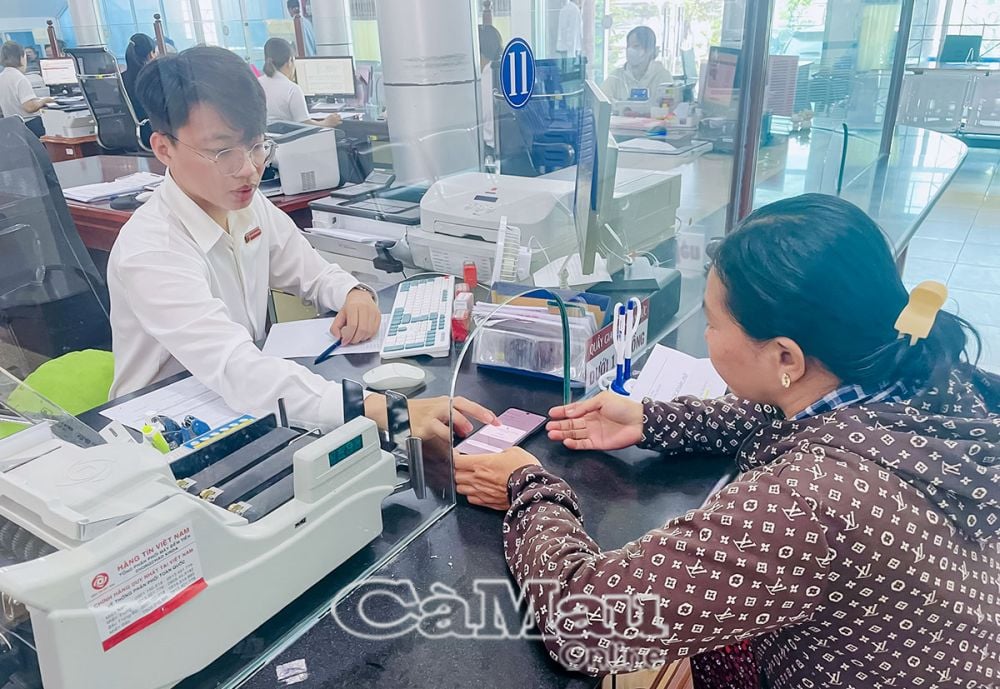
Agribank staff advise customers on preferential loan packages.
Since the beginning of March, the deposit interest rate has continued to decline, especially in short terms. Specifically, for the 3-month term, Agribank has adjusted it down to 2.4%/year, while VPBank has also reduced it to 3.8%/year. Notably, the trend of decreasing interest rates has not only stopped at short terms but also spread to medium and long terms. For the 6-month term, BVBank adjusted it down by 0.1 percentage point, down to 5.1%/year; OCB and Eximbank both reduced the interest rate to 5%/year. In early April, VPBank continued to reduce another 0.1 percentage point, bringing the interest rate for this term down to 4.7%/year. For the 12-month term, one of the terms with the most deposits, the wave of interest rate reduction is even more evident. VPBank has made two consecutive cuts, totaling 0.2 percentage points, bringing the interest rate to 5.2%/year. Other banks are not out of the game, such as: BVBank reduced to 5.55%/year, OCB to 5.1%/year, and Eximbank to 5.2%/year. With a 24-month term, the downward trend continues. VPBank reduced twice in a row, currently at 5.4%/year; OCB also adjusted down to 5.6%/year. These adjustments show the efforts of banks in flexibly implementing interest rate policies to promote credit, while creating conditions for businesses and people to easily access cheaper capital, an important factor in helping to fuel the economy in the recovery and sustainable development period.
Mr. Le Quan Thuong, Director of Vietnam Prosperity Joint Stock Commercial Bank (VPBank) Ca Mau Branch, said: “Maintaining low interest rates is the right decision at this time. The bank clearly sees the positive effects of this policy, as the demand for loans from business households and enterprises in the area has increased significantly. Although the bank's operating costs still need to be ensured, with low interest rates, the bank can create opportunities for customers to access cheap capital. At the same time, this is also an opportunity for businesses, especially small and medium enterprises, to develop more strongly during the economic recovery period.”
One of the biggest beneficiaries of the low interest rate policy is small and medium enterprises (SMEs), which have always had difficulty accessing loans. Low interest rates help reduce capital costs for businesses, especially in the context of difficult production and consumption. Many businesses have taken advantage of this opportunity to invest in technology, improve competitiveness and expand production. Not only does this policy help businesses overcome difficulties, it also contributes to creating jobs and promoting local economic growth.
Mr. Dang Minh Dang, Director of Minh Dang Packaging Company Limited (Ward 9, Ca Mau City), said: “Low interest rates in recent times have really helped businesses, especially when the company is expanding production and investing in automatic packaging production lines for the seafood industry. Preferential interest rates from banks help businesses easily access loans to invest in new technology, improve labor productivity and reduce production costs. Reducing loan interest rates not only reduces financial burdens but also helps us carry out long-term projects and maintain competitiveness in the market.”
Short-term lending interest rates at banks for priority sectors continue to remain low, from 3.9%/year. This is a move by the State Bank to promote key economic sectors that can create great economic efficiency in the long term, such as: agriculture, food processing, export, start-ups, creativity and innovation. The application of this preferential interest rate has been helping small and medium-sized enterprises easily access loans, thereby promoting the development of strategic economic sectors.
In the context of an increasingly integrated economy and increasingly fierce competition, reducing lending interest rates helps businesses not only face difficulties in capital mobilization but also creates opportunities to increase production capacity and expand product consumption markets.
Accordingly, one of the issues that banks and management agencies need to pay special attention to when maintaining low interest rates is the pressure on exchange rates and inflation. If exchange rates increase sharply or inflation exceeds control, maintaining low interest rates can lead to instability in the economy. According to the forecast of the Department of Forecasting, Statistics - Monetary and Financial Stabilization, State Bank of Vietnam, if exchange rates and inflation increase sharply (over 4%), maintaining low interest rates will become a challenge and deposit interest rates may increase by 1-2%, lending interest rates increase slightly and slower than deposit interest rates (0.5-1%). However, in the short term, lending interest rates are forecast to continue to decrease slightly by 0.03-0.08 percentage points in the second quarter of 2025 and throughout 2025. This shows that low interest rate policies will continue to play an important role in promoting economic growth, while helping people and businesses easily access capital.
To ensure the sustainability of the low interest rate policy, the State Bank not only applies interest rate cuts but also closely coordinates with other monetary tools such as foreign currency trading, open market operations and flexible exchange rate management. At the same time, the coordination between monetary and fiscal policies is also a key factor to ensure macroeconomic stability and create a foundation for long-term growth./.
Vietnam and America
Source: https://baocamau.vn/don-bay-thuc-day-tang-truong-tin-dung-a38965.html






![[Photo] General Secretary To Lam and National Assembly Chairman Tran Thanh Man attend the 80th Anniversary of the Traditional Day of the Vietnamese Inspection Sector](https://vphoto.vietnam.vn/thumb/1200x675/vietnam/resource/IMAGE/2025/11/17/1763356362984_a2-bnd-7940-3561-jpg.webp)

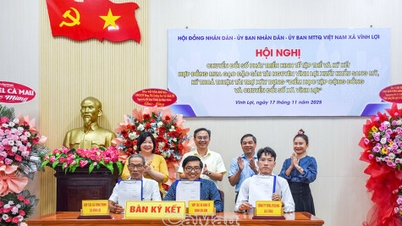


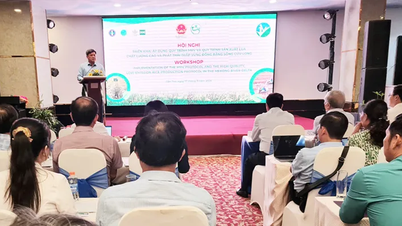





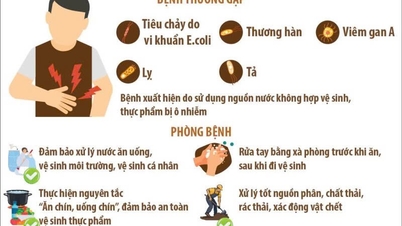





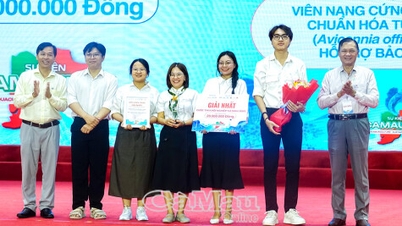
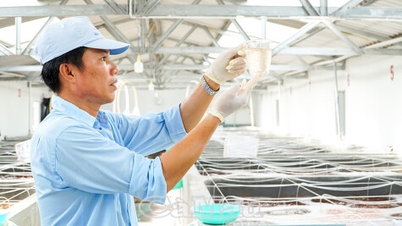


















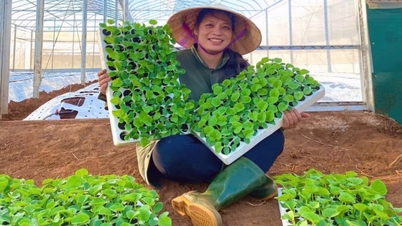

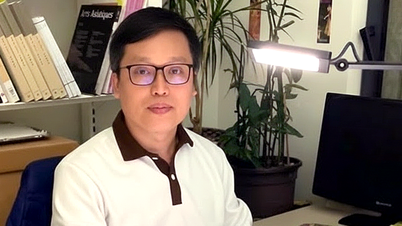



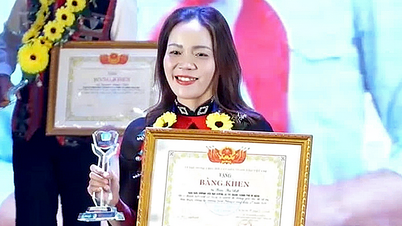

















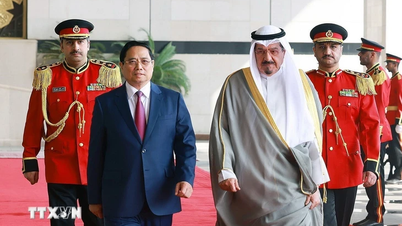
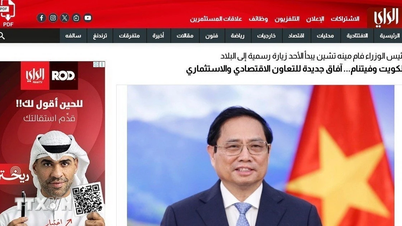








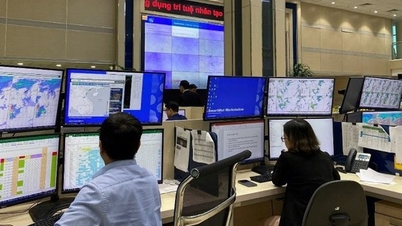















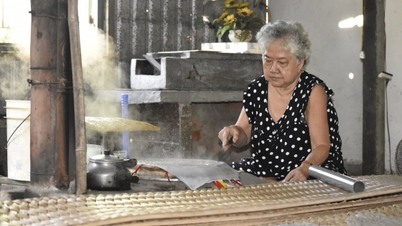

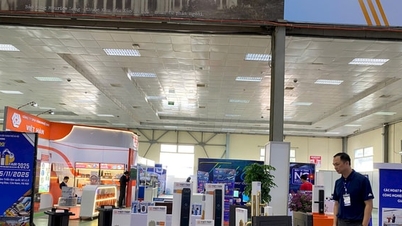
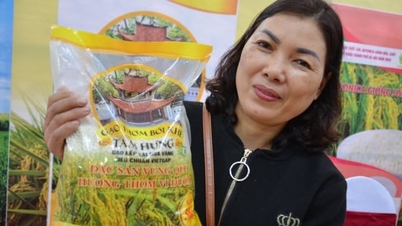

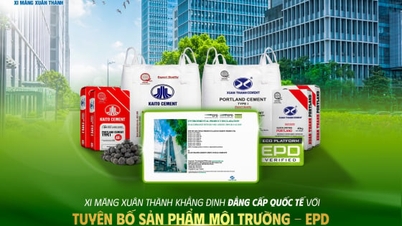
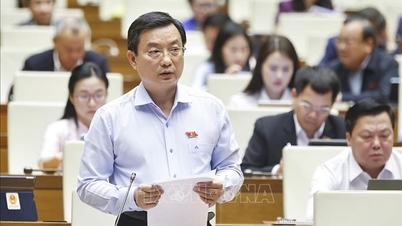






Comment (0)